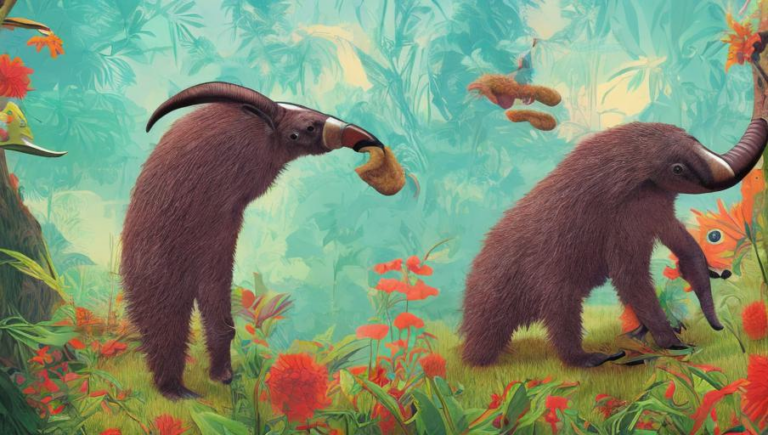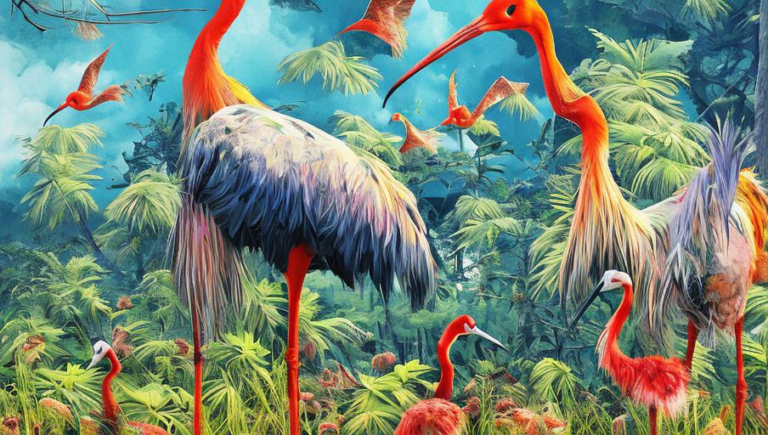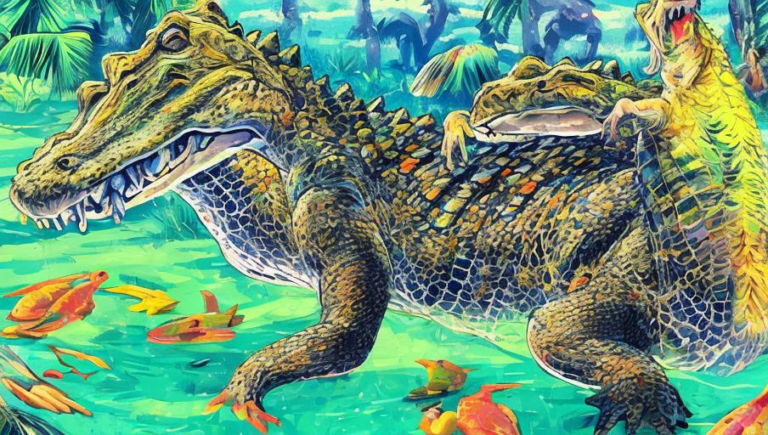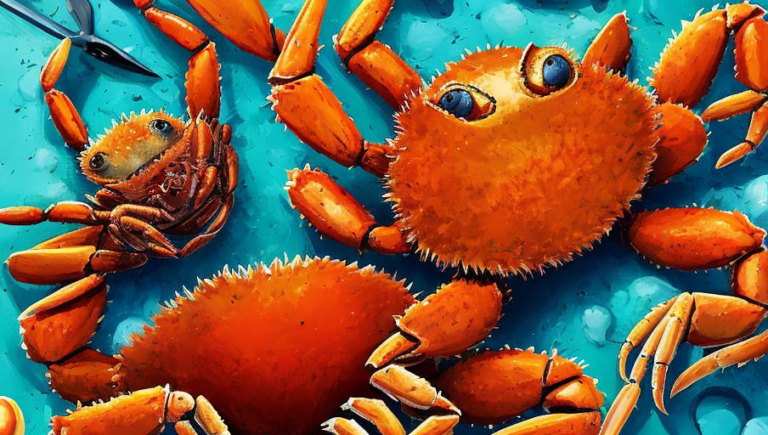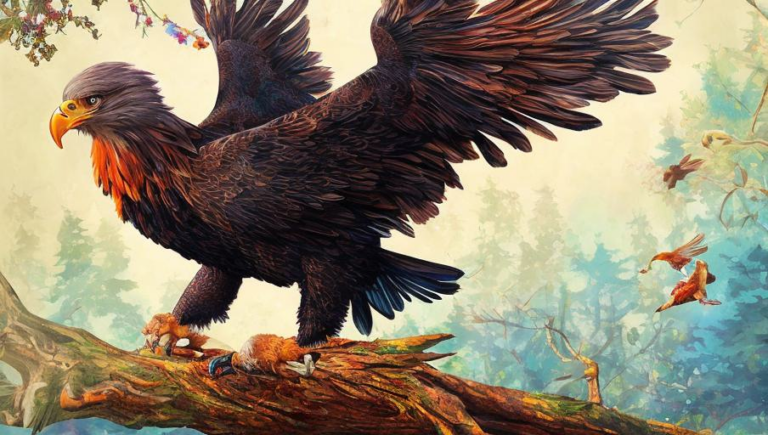The Fascinating Life Cycle of Alligators
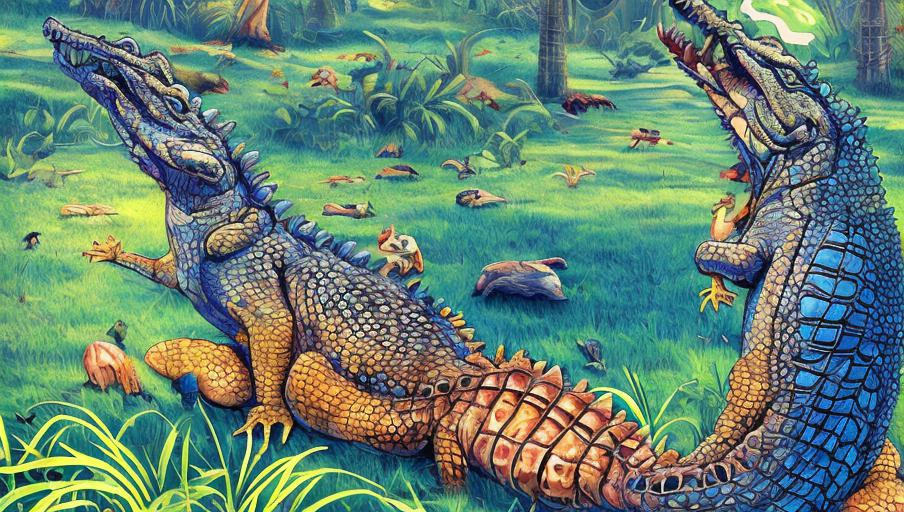
Introduction to the Alligator
The alligator is a large, semi-aquatic, reptilian creature found across North and South America. It is one of the most ancient species on the planet, having existed for over 200 million years. Alligators have an unmistakable look, with their long, powerful jaws and sharp teeth, scaly skin, and beady eyes. There are two species of alligators: the American alligator, which is found in the southeastern United States, and the Chinese alligator, which is found in East Asia.
Reproduction
Alligators reproduce by laying eggs. The female alligator will build a large nest of vegetation, which she will guard until the eggs hatch. Alligators will lay between 20 and 50 eggs at a time, depending on the species. The eggs will incubate for about two months before hatching. After the eggs hatch, the female alligator will stay nearby to protect her young.
Growth and Development
Once the alligator eggs hatch, the baby alligators will be about 6 to 8 inches long. They will grow quickly, reaching a length of up to 10 feet in their first year of life. Alligators will reach maturity in about 10 years. As they grow, the older alligators will become more solitary and territorial, although they will still gather in groups to feed or court potential mates.
Diet
Alligators are opportunistic predators, meaning they will take whatever food is available to them. Young alligators will eat small invertebrates, such as insects and crustaceans, as well as small fish and reptiles. As they grow, they will move on to larger prey, such as birds, small mammals, and even other alligators. Alligators are also known to scavenge carrion, or dead animals, when they can find it.
Habitat and Range
Alligators can be found in freshwater swamps, marshes, rivers, and lakes across the southeastern part of the United States. They can also be found in parts of Mexico, Central America, and South America. Alligators prefer warm, shallow, slow-moving waters and are mainly found in areas with plenty of vegetation.
Endangered Status
The American alligator is listed as a species of least concern by the International Union for Conservation of Nature. However, there are still threats facing the species, such as habitat destruction and illegal hunting. The Chinese alligator is listed as critically endangered and is facing similar threats.
Conclusion
The alligator is an ancient species that has been around for millions of years. It has an unmistakable look and is found in wetlands across the southeastern United States, Mexico, Central America, and South America. Alligators reproduce by laying eggs and the young will grow quickly, reaching a length of up to 10 feet in their first year of life. Alligators are opportunistic predators and their diet includes birds, small mammals, and even other alligators. The American alligator is listed as a species of least concern, but the Chinese alligator is critically endangered.
